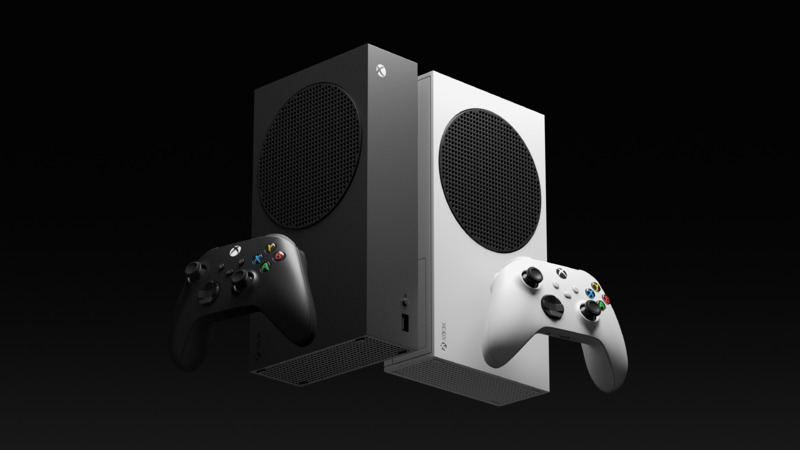Microsoft Xbox’s Struggle Against Unrealistic Financial Expectations
In a revealing report by Bloomberg journalists Jason Schreier and Dina Bass, Microsoft’s Xbox division has been operating under extraordinary financial pressure for the past two years. According to their findings, Xbox has been tasked with achieving a 30% profit margin across its operations—a target that stands in stark contrast to industry norms and the division’s own historical performance. When Xbox head Phil Spencer testified in court in 2022, he stated that “the Xbox business today runs at a single-digit profit margin,” highlighting the dramatic gap between reality and these new expectations. This financial directive, reportedly coming directly from Microsoft CFO Amy Hood in fall 2023, has triggered a series of disruptive changes throughout the gaming division that have left both employees and fans reeling.
The consequences of this aggressive profit target have manifested in ways that affect nearly every aspect of the Xbox ecosystem. Since late 2023, Microsoft has implemented multiple rounds of layoffs affecting thousands of employees, reorganized major subsidiaries including the legendary Halo Studios, and canceled several highly-anticipated games that had been in development for years. Among the casualties were Rare’s Everwild, a reboot of the classic Perfect Dark franchise, and ZeniMax’s ambitious MMO project codenamed Blackbird. These cancellations represent not just lost opportunities for innovation but years of creative work and millions in investment suddenly abandoned. Adding to consumer frustrations, Microsoft has twice raised the price of the Xbox Series X console this year alone, begun phasing out physical media options, and significantly increased the subscription cost for Xbox Game Pass while characterizing it as an “upgrade package” rather than a straightforward price hike.
What makes this 30% margin target particularly puzzling is how dramatically it exceeds industry standards across the gaming landscape. Even Activision Blizzard, which operates some of the world’s most profitable games-as-a-service titles and is now a Microsoft subsidiary, only maintained profit margins between 22-25% before its acquisition. Sony’s PlayStation division—Xbox’s primary competitor and the market leader in console gaming—reportedly operates at just a 9.5% profit margin despite its larger install base and higher software attachment rates. Through this lens, the expectation that Xbox could somehow triple its profit margin in a short timeframe while competing in the same market conditions appears disconnected from business reality. This disparity has led to what industry observers describe as “creative accounting,” where unrealistic revenue forecasts are set, then used to justify restructuring when those numbers inevitably aren’t achieved.
The tension between creative development and financial expectations has led to strategic contradictions that have confused both industry analysts and the Xbox fan base. While Microsoft continues investing in certain areas—such as the recent release of the handheld Xbox Ally and continued game development at its remaining studios—it has simultaneously begun porting many of its previously exclusive titles to competing platforms like PlayStation and Nintendo Switch. Sarah Bond, Microsoft’s Xbox president, has confirmed the company remains committed to “at least one more console generation,” describing the next Xbox as a “very premium, very high-end curated experience.” However, these statements conflict with actions that suggest a pulling back from traditional console gaming, creating the impression of a division without a cohesive long-term strategy. The Xbox Ally itself hints at a future where Xbox hardware more closely resembles a user-friendly Windows PC than a traditional gaming console.
Some challenges facing Xbox stem from broader market conditions beyond Microsoft’s control. Hardware manufacturing has become increasingly expensive due to supply chain disruptions, inflation, and uncertain tariff situations. Development costs for AAA games continue to rise industry-wide, and consumer expectations for technical quality and content volume grow with each generation. However, many of Xbox’s most criticized decisions appear directly connected to the pressure of meeting unrealistic financial targets rather than responding to these external factors. The pattern resembles notorious cases from gaming history, such as when Square Enix labeled the 2013 Tomb Raider reboot a “failure” despite selling 3.4 million copies—simply because internal projections had called for even higher numbers. The practice of setting unreachable goals, then penalizing teams for not reaching them, has long been criticized within the industry.
What makes this situation particularly troubling for gaming enthusiasts is that Xbox should, by all accounts, be in a position of strength and leadership right now. With its massive studio acquisitions including Bethesda and Activision Blizzard, its innovative Game Pass service, and Microsoft’s deep financial resources, Xbox could be pushing gaming forward in meaningful ways. Instead, persistent rumors in Seattle tech circles suggest Microsoft’s leadership may be considering shutting down or significantly scaling back the Xbox division to redirect resources toward artificial intelligence research—the company’s current strategic priority. While these rumors remain unconfirmed, the pattern of decisions at Xbox over the past year aligns with a division being optimized for short-term profit extraction rather than long-term growth and innovation. For players who have invested in the Xbox ecosystem, this creates genuine concern about the platform’s future and Microsoft’s commitment to gaming beyond immediate financial returns.


